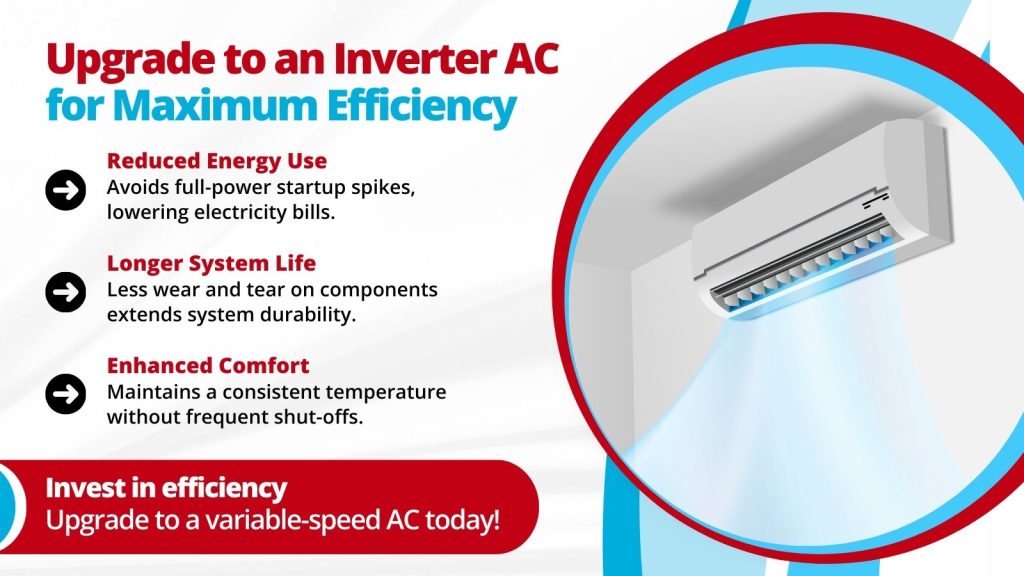Ahh, winter in Florida—a brief break in the heat. But don’t get used to it! It won’t be long before you need to crank up the AC again. And when you do, will your system be ready for another long, hot Florida summer? Or might it be time to upgrade to a new air conditioner? There are some amazing options available now. Let’s consider the possibilities!

New AC Technology
Like every manufacturing industry, HVAC is not set in stone. There are new developments happening all the time. Most of these developments allow for cooling that’s just as good or even better than older approaches, but help homeowners to save money by using less energy. For example, over the years since air conditioning was invented, there have been several updates to what refrigerant is used.
AC Tech: The Basics
To understand what a huge impact some of these changes can have, you should begin with a quick review of basic AC technology. The system has two units, inside and out. Refrigerant flows through coils, metal tubes, which run between the two units. Refrigerant does the job of taking in heat and then letting it disperse by cycling states between liquid and gas.
Outdoors, the compressor keeps the refrigerant under pressure, and heat is released from the refrigerant coils. Indoors, heat gets absorbed from the air, and when that (now hot and gaseous) refrigerant flows back outside, the (now cool) air is blown through vents by the blower fan.
New Refrigerant and Coils
The more easily the refrigerant and the coils can change in temperature (or, to use science-speak, the greater thermal conductivity they have) the less energy the system will need to produce the same amount of cool air. Recent advances have included both a more-effective type of refrigerant and a more-conductive alloy that new AC coils are being made from.
Variable-Speed Motors
The motor which powers the blower fan traditionally uses quite a bit of energy. In older units, this motor has either been on or off. If it is needed at all, it is running at maximum capacity, using the full amount of energy. New systems with variable-speed motors save energy by using less fan power as much as possible, only cycling up to full power when it’s truly needed in extreme heat.
Inverter or Multi-Phase Compressors
Similar to the blower fan motor, the compressor of an AC unit has historically been a binary system, either on or off. But unlike the blower fan motor, the compressor uses a huge amount of energy—most of the energy that’s consumed by the system. That means that changes to this portion of the technology can have a massive impact on your energy use and utility bills.
Inverter AC units have multi-phase compressors, which can run at lower power the vast majority of the time. This decreases time spent at full power and also decreases the cycling on and off of the system, which is significant because the startup uses more power than any other part of the cooling cycle.
And we’d like to help you access this fantastic technology! For a limited time, we’re offering $500 when you have any Rudd two-stage or inverter AC system installed. When you need air conditioning in Winter Park, FL, we’ve got you covered.
Contact Gary Munson Heating & Air Conditioning for AC maintenance, repair, or replacement in Orlando, FL. You’ll be more comfortable with the best!

